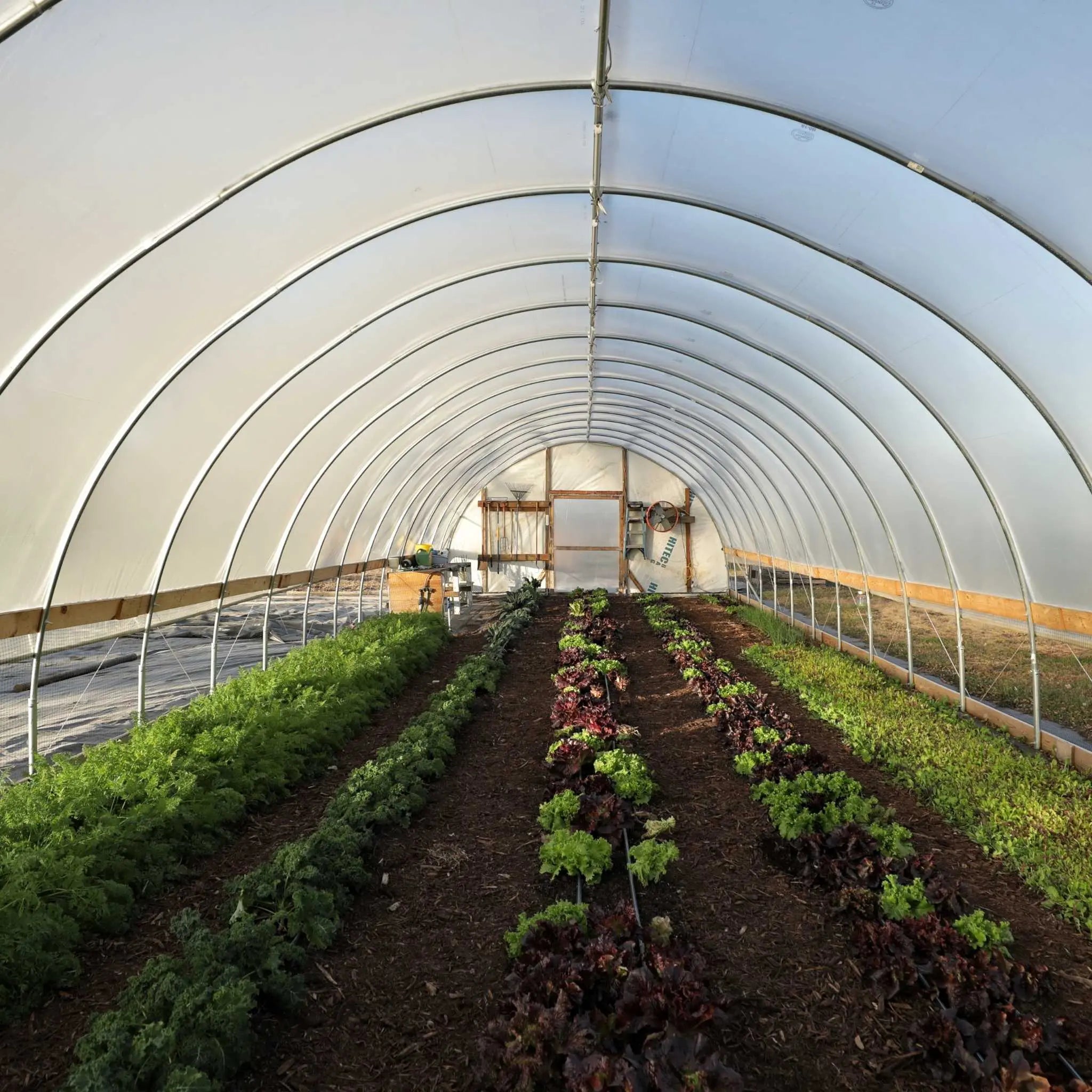Clarifying High Quality: Monarch Greenhouse Sheds Utah Exceptional Designs
The Future of Greenhouses: Innovations in Sustainable Agriculture
Are you interested concerning the future of greenhouses and how they are reinventing lasting farming? From sophisticated environment control systems to upright farming methods, water-efficient irrigation approaches, eco-friendly energy assimilation, and wise data analytics, these improvements are transforming the means we grow our food.
Advanced Environment Control Equipment
To achieve optimum expanding conditions, you can depend on the advancements in greenhouses with sophisticated environment control systems. These systems have actually transformed the means we cultivate crops, giving a regulated atmosphere that contributes to plant growth. With these ingenious systems, you can now adjust temperature level, moisture, light levels, and even CO2 focus to develop the excellent conditions for your plants to flourish.
One of the vital functions of these advanced environment control systems is their capacity to regulate temperature level. By utilizing sensing units and automated controls, the greenhouse can change the temperature level based on the particular needs of the plants. This makes sure that they are never ever exposed to severe warmth or chilly, which can be harmful to their development.
Moisture control is one more critical facet of these systems. By preserving the suitable moisture levels, you can stop issues such as mold and mildew, mildew, and illness from impacting your plants. These systems can also regulate the amount of light that gets to the plants, ensuring that they receive the optimal amount for photosynthesis.
Additionally, advanced climate control systems can even adjust CO2 concentrations. By raising the levels of CO2 in the greenhouse, you can improve plant development and performance. This is especially valuable in areas with low all-natural carbon dioxide degrees.
Vertical Farming Techniques
One crucial vertical farming strategy is making use of stacked growing systems. Piled expanding systems are frequently used in city locations where area is limited.
One prominent technique is understood as vertical hydroponics, where plants are expanded in nutrient-rich water without soil. This technique is very efficient as it decreases water use by approximately 90% compared to conventional farming techniques. Furthermore, considering that the plants are expanded indoors, they are shielded from bugs and diseases, decreasing the requirement for pesticides.
An additional strategy is aeroponics, which entails putting on hold the plant origins in a haze or air environment. This technique enables ideal nutrient absorption and oxygenation, resulting in faster growth and higher returns. Aeroponics also uses less water than typical farming and can be executed in vertical systems, making it a prominent selection for upright farming.
Water-efficient Irrigation Techniques
When it comes to implementing water-efficient irrigation methods in sustainable agriculture,Making the most of water preservation is important. With worldwide water shortage becoming a pushing concern, it is vital to develop innovative techniques that enhance water use in greenhouse procedures.
One promising approach is drip irrigation, which supplies water straight to the plant origins, reducing waste and evaporation. By making use of a network of tubes with tiny emitters, water is applied gradually and specifically, making sure that plants get the necessary dampness without excess drainage.
Another effective technique is making use of soil moisture sensing units. These gadgets determine the wetness material in the soil and give real-time data to farmers. By checking the soil's wetness degrees, farmers can properly establish when and how much water More Help to use, stopping over-irrigation.
Moreover, the application of rain harvesting systems is acquiring appeal in greenhouse farming. Collecting rain from roofs and saving it in tanks allows farmers to utilize this natural deposit for watering purposes, lowering reliance on standard water resources.
Lastly, the fostering of automated irrigation systems can considerably improve water effectiveness. These systems use sensors to detect dirt wetness degrees and weather, adjusting watering routines as necessary. By enhancing water use based upon actual plant needs, these systems can lower water waste and advertise sustainable farming methods.
Renewable Energy Assimilation
Eco-friendly energy assimilation in greenhouses uses a number of benefits, consisting of minimized running costs and decreased reliance on non-renewable energy sources. The created power can then be used to run numerous procedures within the greenhouse, such as home heating, ventilation, and lights systems. These turbines harness wind power and convert it right into electrical power, which can be used to supplement the energy needs of the greenhouse.
Smart Information Analytics and Automation
To enhance the performance of your greenhouse procedures and optimize source usage, consider applying smart data analytics and automation. Smart data analytics involves gathering and analyzing data from various sensing units and tools within your greenhouse.
This can include automating the control of lights, air flow, irrigation important source systems, and nutrient delivery. By automating these processes, you can guarantee that your plants get the right conditions and nutrients at the best time, without the demand for consistent manual intervention.
Additionally, wise information analytics and automation can interact synergistically. The information accumulated by sensors can be utilized to notify computerized systems, enabling them to make real-time changes based on the present conditions. This combination of information analytics and automation can bring about a lot more precise and efficient resource allotment, ultimately causing greater yields and better crop high quality.
Conclusion
To conclude, the future of greenhouses in lasting agriculture looks appealing. With advanced climate control systems, upright farming methods, water-efficient watering methods, and renewable resource integration, greenhouses are becoming a lot more environmentally friendly and effective. Additionally, making use of smart data analytics and automation additionally enhances productivity and reduces waste. These developments are paving the way for a more reliable and sustainable farming market, making certain a greener and healthier future for all.

By enhancing water usage based on real plant requirements, these systems can decrease water waste and promote sustainable farming practices.
